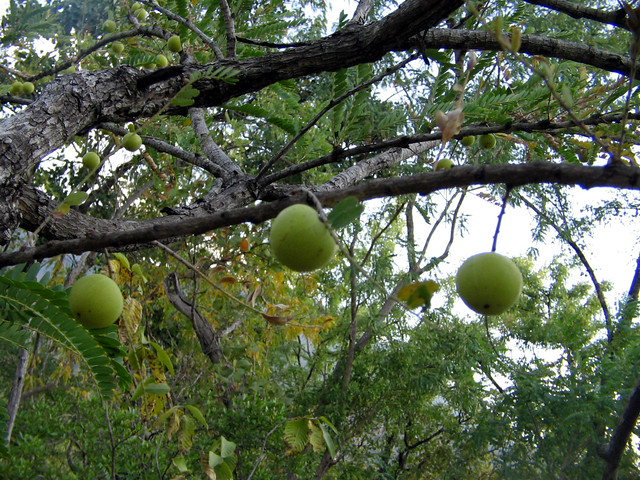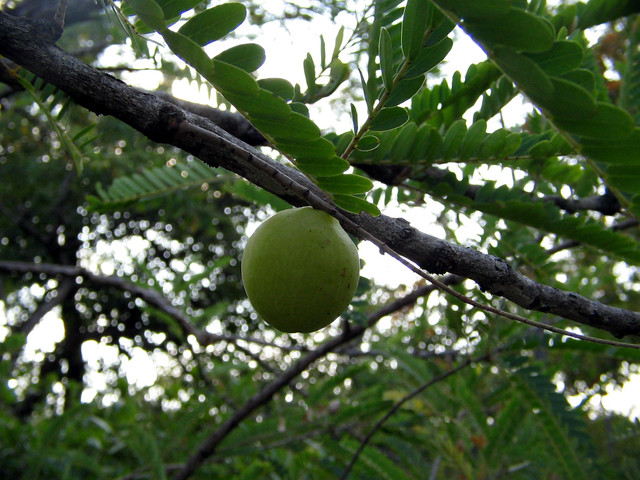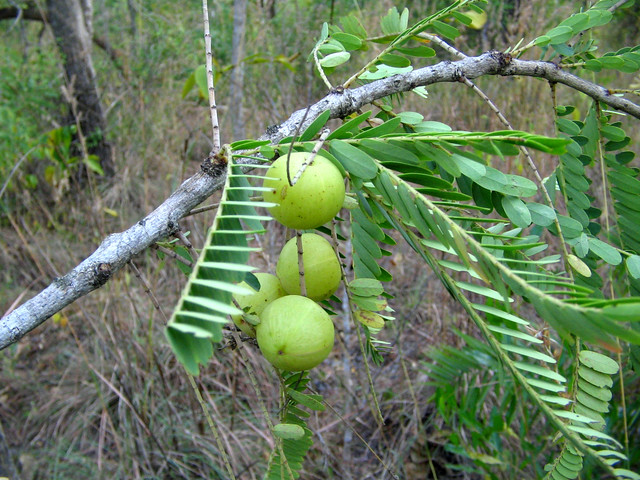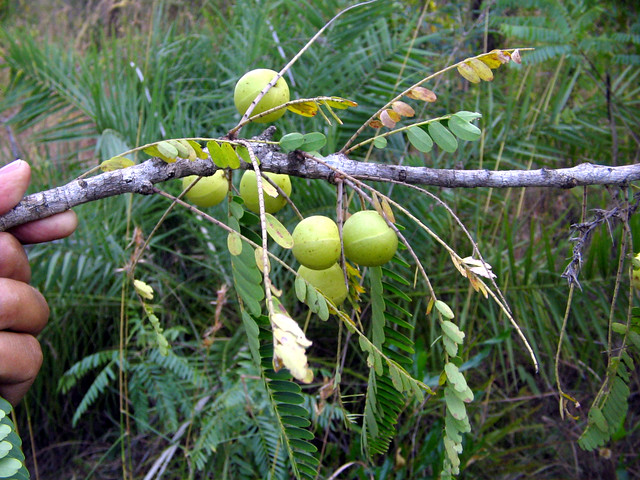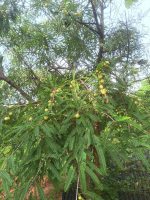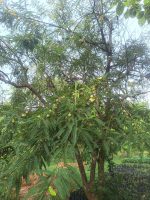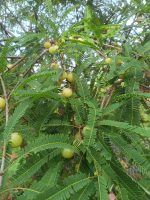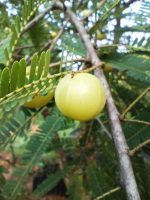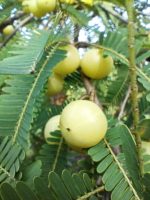|
IUCN Red List Status: Vulnerable (VU) Phyllanthus indofischeri Bennet, Indian Forester 109: 221 1983. (Syn: Emblica fischeri Gamble; Phyllanthus cecilfischeri J.L.Ellis [Illegitimate]; Phyllanthus fischeri (Gamble) J.L.Ellis [Illegitimate]); EUPHORBIACEAE FORTNIGHT : Phyllanthaceae : RVS-6 : 4 images. 11 posts by 6 authors.
Phyllanthus indofischeri Bennet
Synonym(s):
Emblica fischeri Gamble Phyllanthus cecilfischeri J.L.Ellis Collected from: Talakona, AP. I am very happy seeing such nice photos Thank you so much … Looks very similar to Phyllanthus emblica. May I know the difference? Leaves usually 100 or more pairs per branchlet, closely distichous and often overlapping, linear-oblong, 3- 20 x 1 – 5 mm; petioles 0.4 – 1 mm long … 2.P. emblica Thanks …, for the key. Thanks for the details. So both are edible “Amlas” I liked the presentation of the photos. It is similar to what Dinesh ji does for his photos.
Could you please elaborate how did you insert these pics in the message body. I can only attach the pics and cannot insert them. Thank you all for your appreciative comments.
…, I just copied … style of presentation. He helped me with the html codes. It is very helpful to me to share pictures from my flickr account without a need to actually insert/attach images. . Phyllanthus for ID :: Satara :: ARKDEC07 : 4 posts by 3 authors. Attachments (5)
This tree was spotted on the way to Thoseghar Falls near Kas, Satara in Oct 2007. I think it was growing wild.
Is this Phyllanthus emblica only or some close relative. indofischeri! Thank you for the ID… It can easily be confused to be P. emblica by us laypeople. .
Why not The fruits are large and tree shows reduced growth in Phyllanthus indofischeri whereas in P.emblica the fruits are small compared to indofischeri and plant grows height. |
Phyllanthus indofischeri
Updated on July 17, 2025

